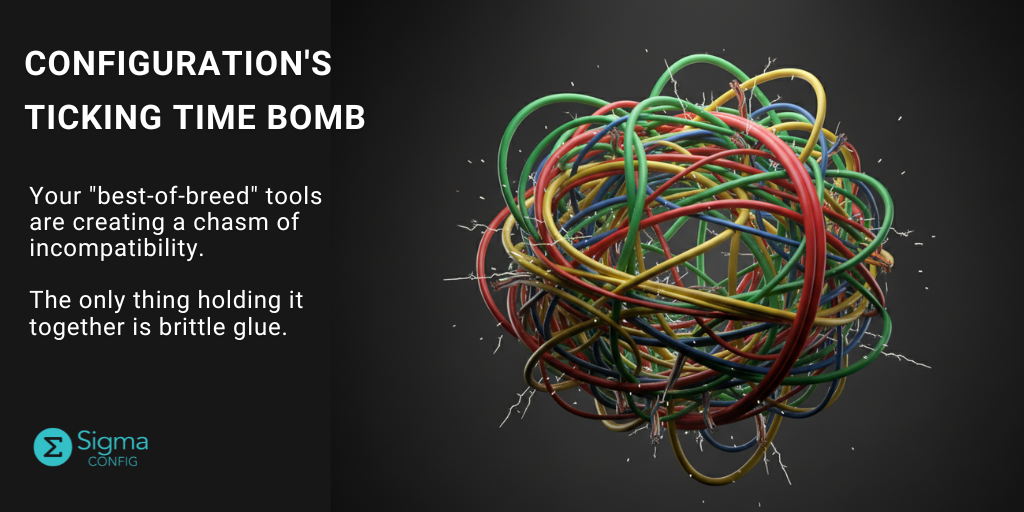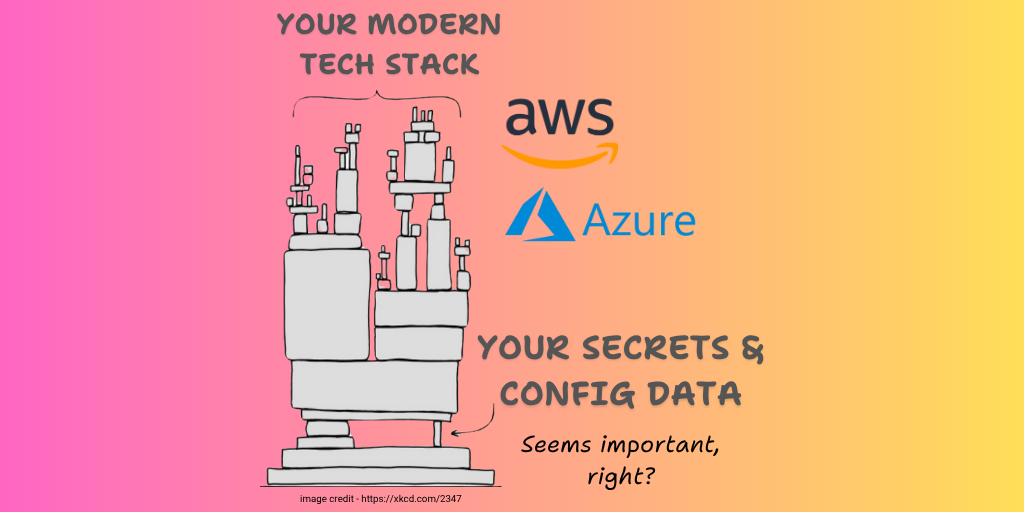
Why you should focus on your MTTR
Cloud outages can significantly impact businesses, resulting in lost revenue and damaged reputations. One of the key challenges in quickly recovering from these outages is achieving a fast “mean time to resolution” (MTTR). MTTR is a metric that measures the average time it takes to resolve a problem or incident. In cloud outages, a fast MTTR is crucial for minimizing business impact and restoring normal operations as quickly as possible.
Track configuration changes
One of the biggest challenges in achieving a fast MTTR is the complexity of modern cloud environments. Cloud infrastructure is often distributed and dynamic, making it difficult to identify and troubleshoot issues. Additionally, cloud environments are constantly changing, making it difficult to understand the cause of an outage or to determine the best course of action for resolving it.
To overcome these challenges, it’s important to track configuration change history and have a versioning system in place. This allows teams to quickly identify changes that may have led to an outage and to roll back to a previous configuration if necessary. This can greatly reduce the time it takes to resolve an incident, as teams can quickly identify and fix the root cause of the problem.
Incident response plan for the WIN
Another important factor in achieving a fast MTTR has a well-defined incident response plan in place. This plan should outline the steps during an outage, including who is responsible for different tasks and how communication will be handled. Having a clear and well-defined incident response plan can help teams work together more efficiently and effectively, reducing the time it takes to resolve an incident.
It’s also important to have monitoring and alerting systems that can quickly detect and notify teams of potential outages. These systems should be configured to alert teams as soon as possible, allowing them to troubleshoot and resolve the issue before it becomes a full-blown outage.
Another important aspect of achieving a fast MTTR is being able to quickly and easily roll back to a previous configuration. This is where having a versioning system in place becomes crucial. By having a versioning system in place, teams can quickly and easily roll back to a previous configuration, minimizing the impact on the business and restoring normal operations as quickly as possible.
Don’t forget DR/BC
Finally, a good backup and disaster recovery plan is essential for quickly recovering from cloud outages. This plan should include regular backups of critical data and systems and procedures for restoring these systems during an outage. This can help teams quickly restore normal operations, minimizing the impact on the business.
Start with centralized config
Achieving a fast MTTR when recovering from cloud outages is essential for minimizing business impact. The complexity of modern cloud environments and the constant changes can make this challenging. However, by tracking configuration change history, having a well-defined incident response plan, having monitoring and alerting systems in place, having the ability to roll back to a previous configuration, and having a good backup and disaster recovery plan in place, teams can work more efficiently and effectively, reducing the time it takes to resolve an incident and restoring normal operations as quickly as possible.
CloudTruth’s configuration sync hub automatically tracks all configuration and secret changes to help improve your MTTR.
Join ‘The Pipeline’
Our bite-sized newsletter with DevSecOps industry tips and security alerts to increase pipeline velocity and system security.


